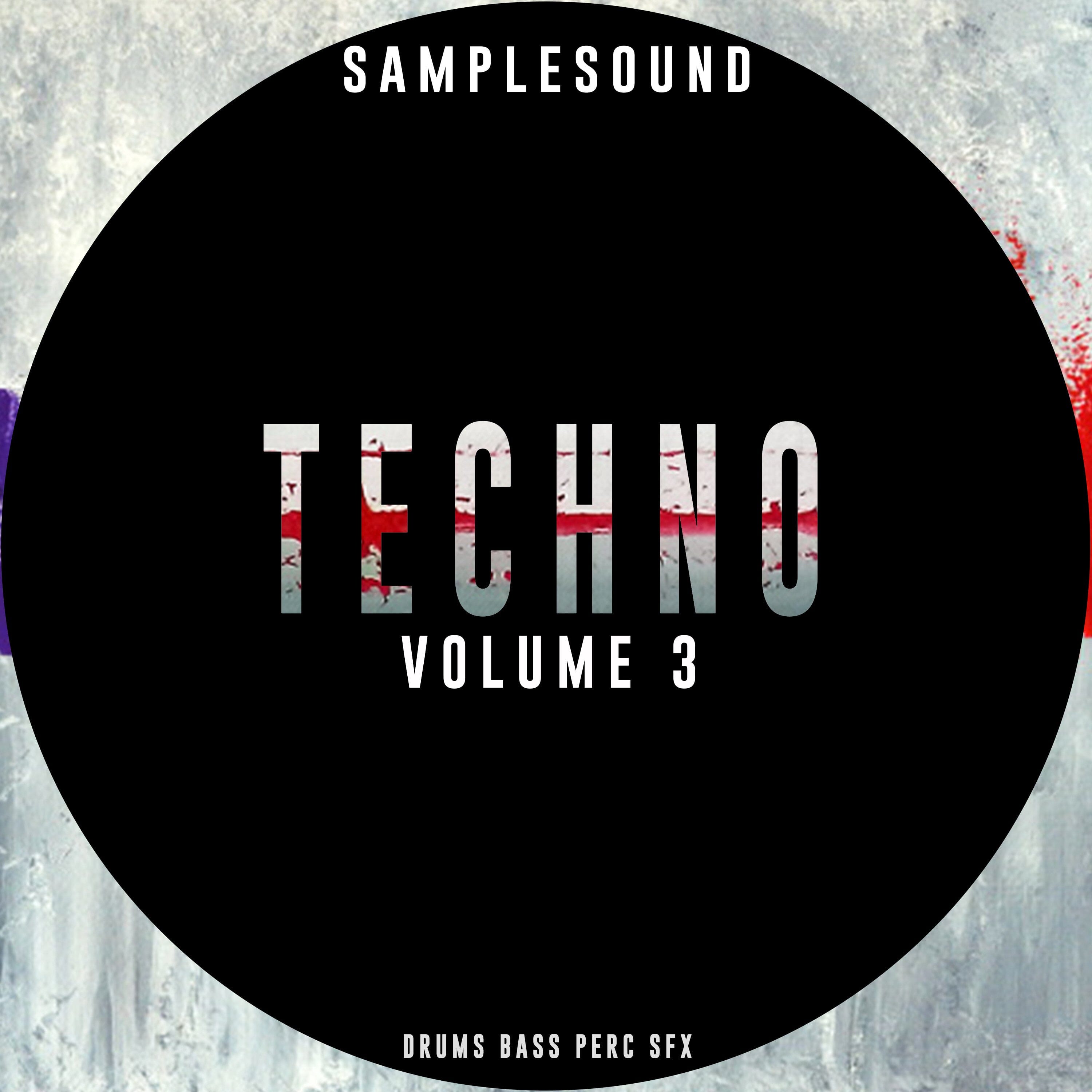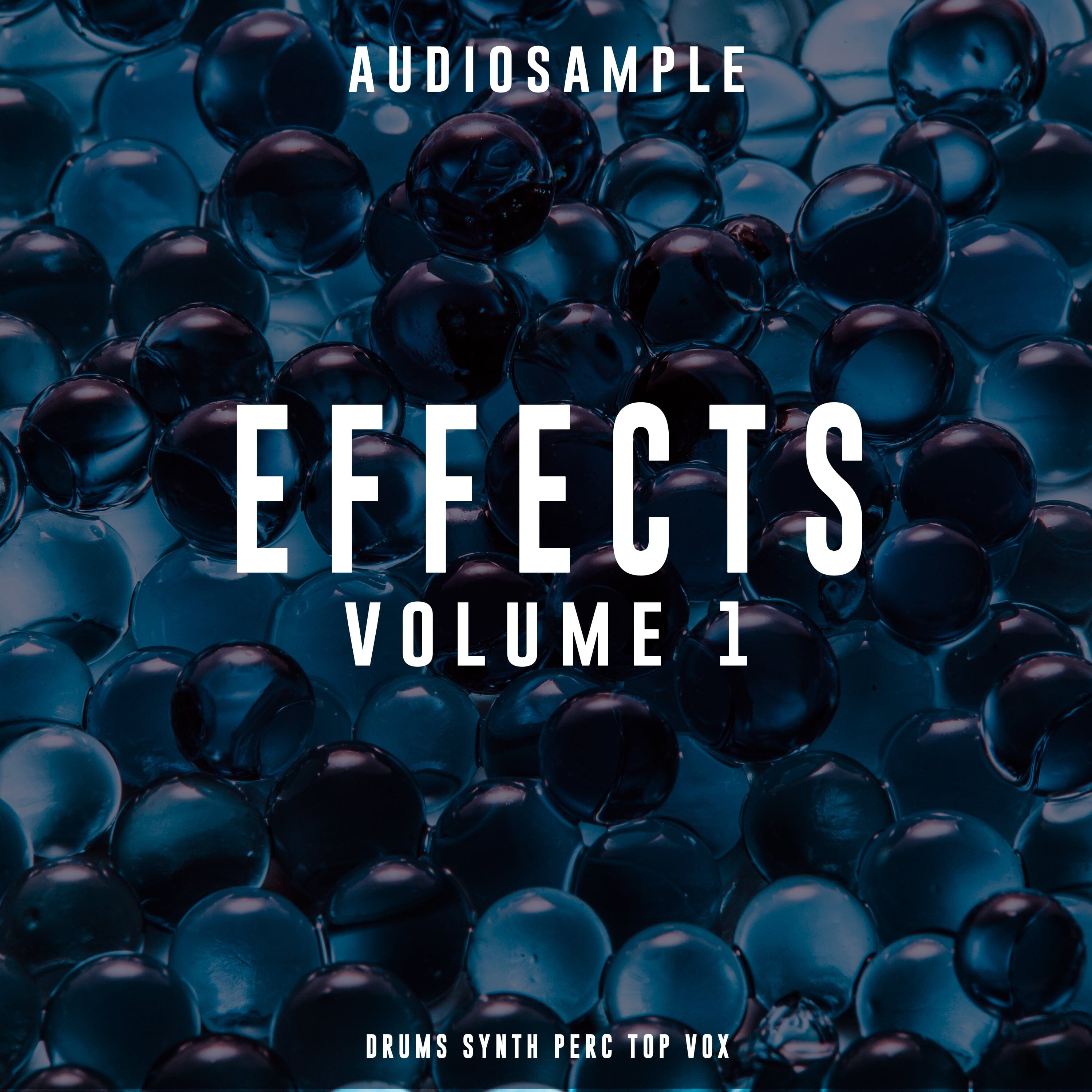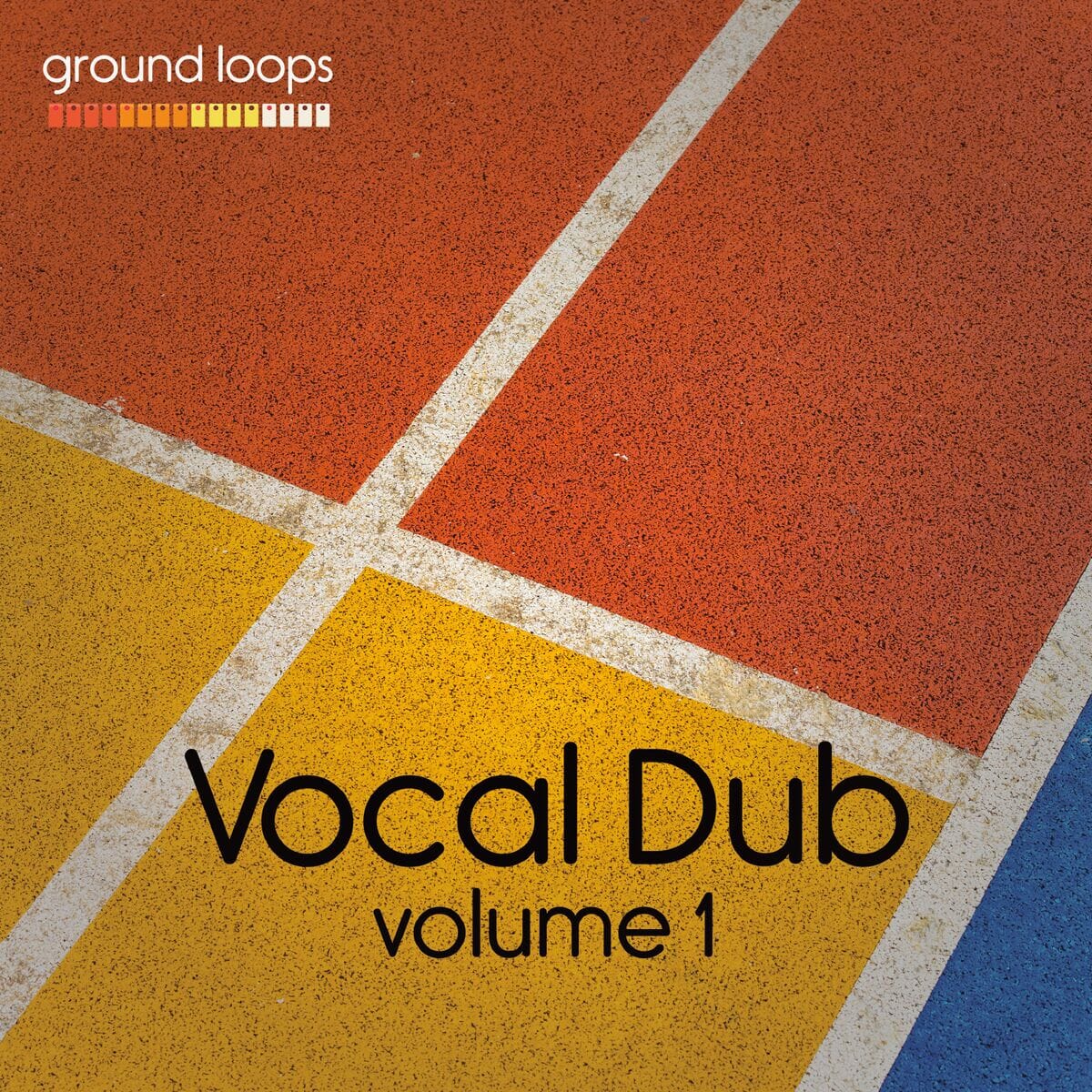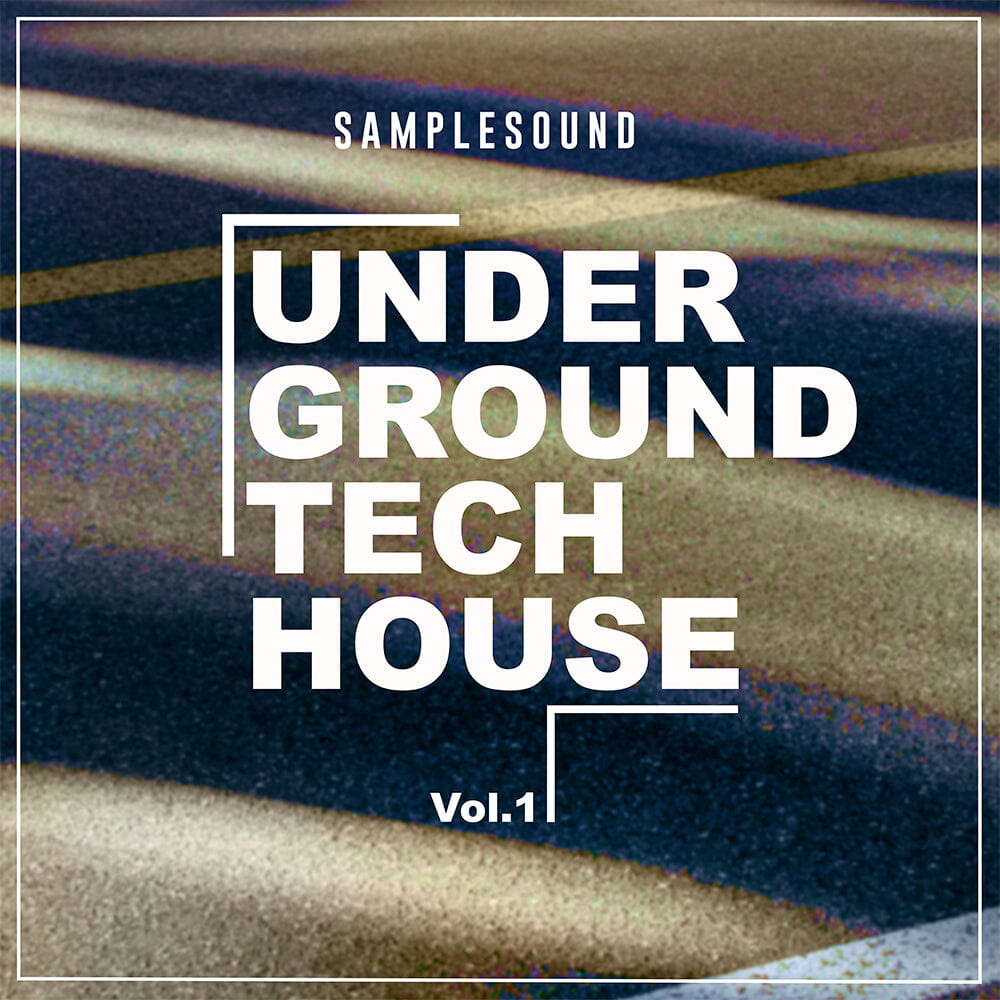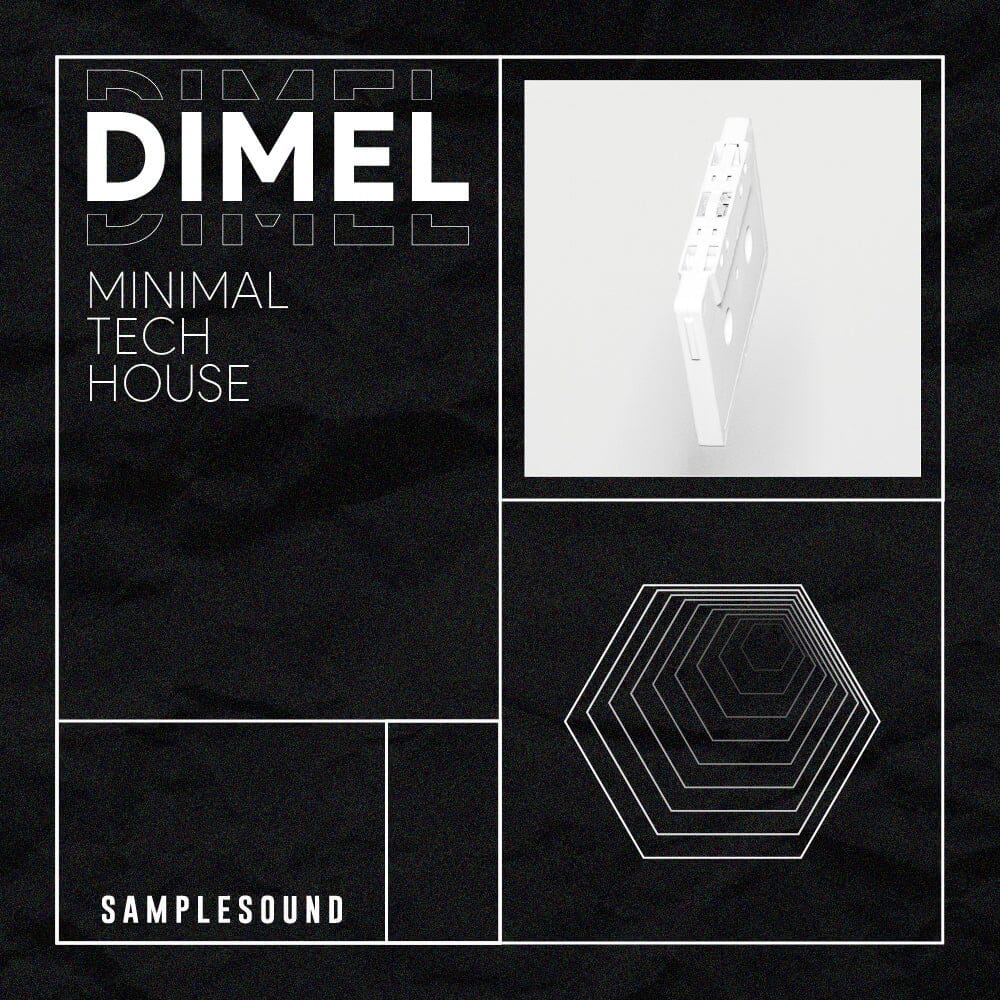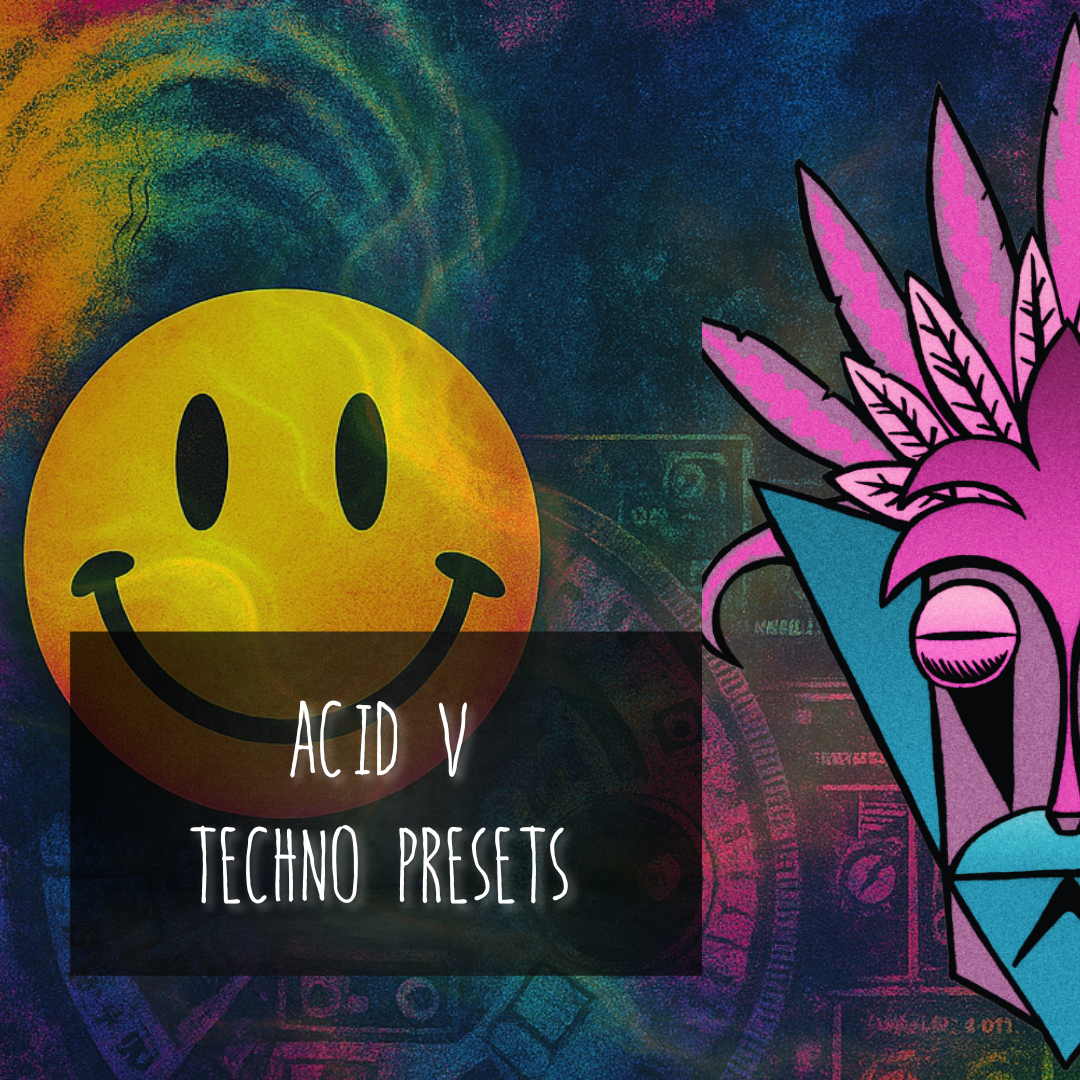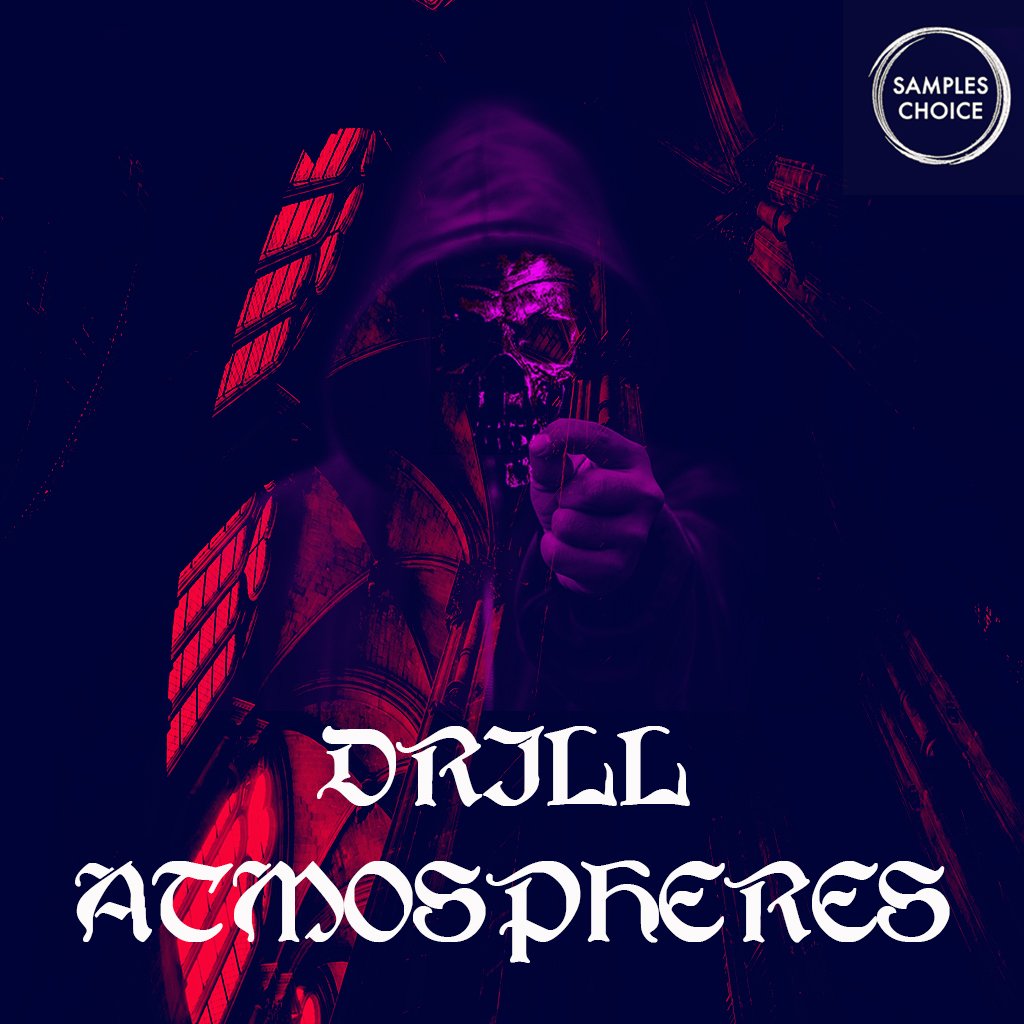Polyrhythms in Music Production
Polyrhythms are the simultaneous combination of two or more contrasting rhythmic patterns. They play a crucial role in creating complex rhythmic textures in music production, elevating tracks from simplistic beats to sophisticated grooves. By mastering polyrhythms, producers unlock a new layer of rhythmic creativity that can captivate and engage listeners on a deeper level.
The Basics of Polyrhythms: Understanding Rhythm Layers
At the core of polyrhythms lies the concept of layering different rhythmic patterns. Imagine one hand tapping out a rhythm of 3 beats while the other taps 2 beats at the same time — this interplay creates a polyrhythm. These layers combine to produce a rich, multidimensional rhythm that can add complexity and drive to your music.
Common Polyrhythmic Structures and Examples
Popular polyrhythmic ratios include 3:2, known as the classic “hemiola,” and 4:3, which can create a slightly off-kilter but rhythmically interesting feel. For instance:
- 3:2 Polyrhythm: Playing three evenly spaced beats against two beats in the same time frame.
- 4:3 Polyrhythm: Four beats played alongside three beats over the same time span.
These structures can be heard in various music genres, from African drumming and jazz to modern electronic music. Experiment with tapping or programming these ratios into your DAW to familiarize yourself with their feel.
How to Create Complex Rhythms Using Polyrhythms
Follow these step-by-step instructions to design intricate polyrhythmic patterns:
- Select your base rhythm: Start with a simple pattern, like a 4/4 kick drum sequence.
- Choose a contrasting rhythm: Layer a secondary rhythm with a different subdivision, such as a 3-beat pattern over 4 beats.
- Adjust timing: Use your DAW’s grid or manual timing adjustments to align the rhythms precisely.
- Incorporate additional layers: Add percussion, melodic elements, or synth patterns playing in other polyrhythmic ratios to increase complexity.
- Listen and refine: Ensure the layers complement each other without causing rhythmic clutter.
Pro Producer Tips for Programming Polyrhythms
"Start simple and build complexity gradually. Use subtle shifts and variations to keep the groove alive and prevent your rhythm from feeling mechanical."
Some expert advice includes:
- Use ghost notes and dynamics to humanize polyrhythmic patterns.
- Experiment with swing and groove quantization to create natural feel.
- Arrange polyrhythms to build tension and release within your tracks, enhancing musicality.
- Layer sounds with distinct timbres to help listeners differentiate overlapping rhythms easily.
Mixing and Mastering Tricks to Enhance Polyrhythms
Polyrhythms can become muddy or lost in a dense mix. To make them stand out, apply these mixing and mastering tricks:
- EQ carving: Use precise EQ to carve out space for each rhythmic layer, avoiding frequency clashes.
- Stereo imaging: Pan rhythmic elements differently to create width and clarity.
- Compression: Apply gentle compression to even out dynamics while preserving the natural groove.
- Reverb and delay: Utilize effects sparingly to add depth without washing out the timing nuances.
For additional professional mixing insights, explore these pro producer tips that can improve your overall track quality.
Using DAWs and Plugins to Compose Polyrhythms
Modern digital audio workstations (DAWs) like Ableton Live, FL Studio, and Logic Pro offer powerful tools for programming polyrhythms. You can use MIDI editors, step sequencers, and tempo manipulation to create complex rhythmic interactions. Additionally, specialized plugins can enhance this process:
- Groove and rhythm plugins that help visualize and manipulate polyrhythms.
- Drum machines and step sequencers with polymetric capabilities.
- Rhythm generators and arpeggiators that support custom subdivisions.
Check out the samples and plugins collection for tools designed to help producers experiment with polyrhythmic patterns effectively.
Common Challenges and How to Overcome Them
Working with polyrhythms introduces some challenges, including:
- Timing confusion: It can be difficult to lock multiple rhythmic layers precisely.
- Mix clutter: Overlapping frequencies may muddy the overall sound.
- Musical coherence: Complex rhythms risk sounding mechanical or disjointed.
Solutions to these include:
- Use metronomes or reference clicks for precise timing.
- Separate rhythmic layers with EQ and panning.
- Introduce occasional breaks or simplified sections to maintain listener engagement.
Conclusion: Elevate Your Music with Complex Rhythmic Patterns
Polyrhythms are a powerful way to add depth and complexity to your productions. By understanding their structure, layering rhythms thoughtfully, and applying expert mixing and programming techniques, you can create compelling grooves that stand out. Start experimenting with polyrhythms today and bring a new dimension to your music.
Explore more tools and sounds to inspire your rhythmic creativity at Sample Sound Music.
FAQ
What is the best DAW for programming polyrhythms?
Popular DAWs like Ableton Live, FL Studio, and Logic Pro offer excellent MIDI editing and sequencing capabilities perfect for programming polyrhythms. The choice depends on your workflow preferences.
Can polyrhythms work in any music genre?
Yes, polyrhythms are versatile and can enhance various genres, from electronic and hip-hop to jazz and world music, by adding rhythmic interest and complexity.
How do I avoid rhythmic clutter when layering polyrhythms?
Use EQ, panning, and selective arrangement to carve out sonic space for each rhythm. Also, try to vary instrument timbres to help each rhythm stand out clearly.
Are there plugins specifically designed for polyrhythms?
Yes, many rhythm and groove plugins can generate or manipulate polyrhythms. Visit the software plugins collection for options tailored to complex rhythmic programming.
What are some quick pro producer tips for mastering tracks with polyrhythms?
Focus on clarity and separation in your mix, use compression to smooth dynamics without losing groove, and rely on subtle effects to enhance depth while preserving rhythmic integrity.



